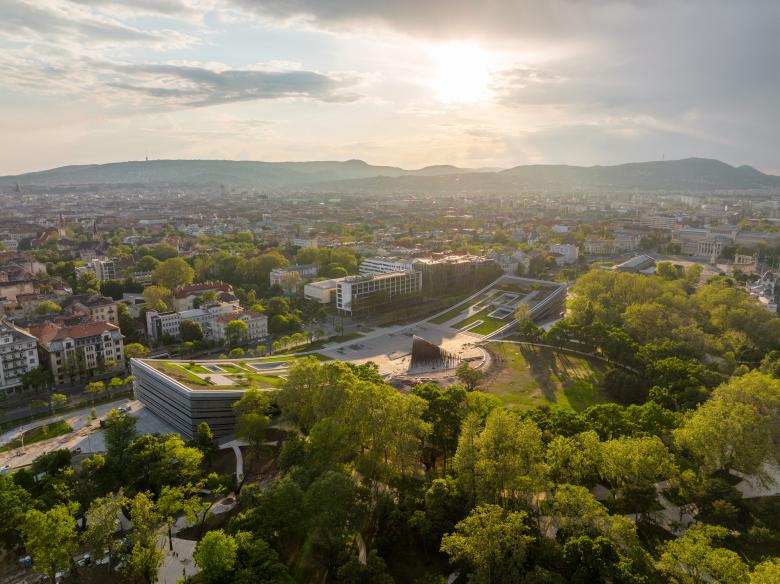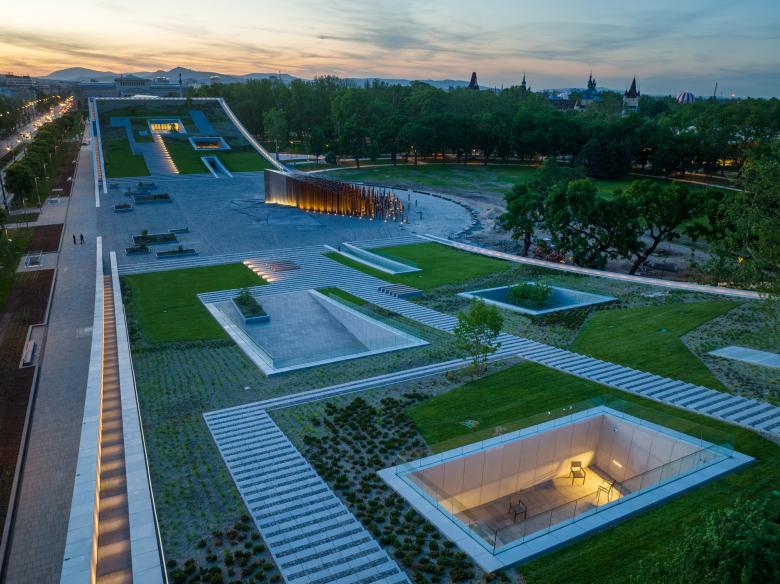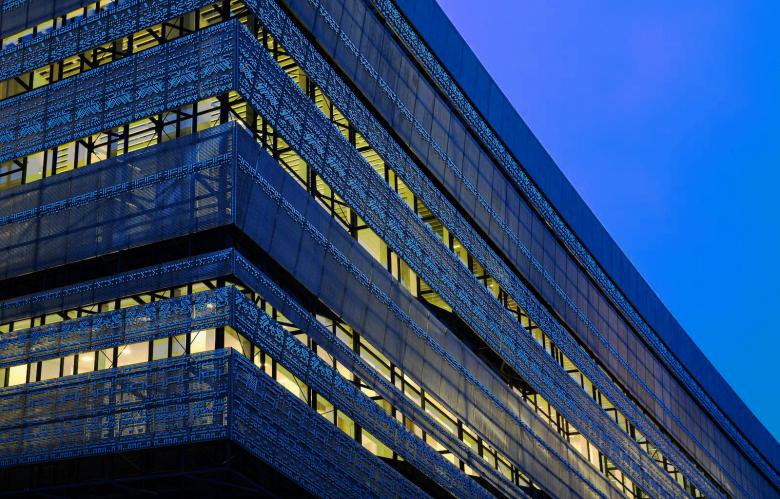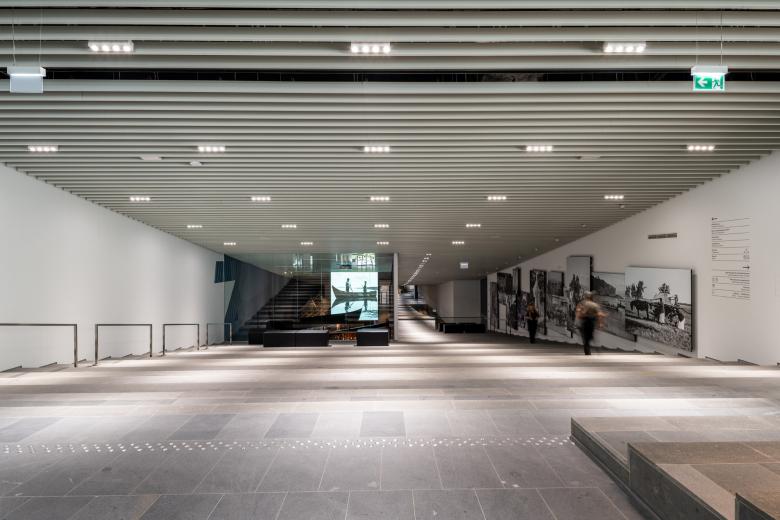New Museum of Ethnography Opens in Budapest
The new home of the Museum of Ethnography, designed by Napur Architect and built as part of the ambitious Liget Budapest Project that is transforming Budapest's City Park, opened to the public on May 23.
The opening of the new Museum of Ethnography building comes a few months after the opening of another piece of the Liget Budapest Project: the House of Music Hungary designed by Japanese architect Sou Fujimoto. Alongside SANAA's New National Gallery (stalled as of late 2019), the three buildings comprise an impressive triumvirate of cultural buildings occupying portions of Budapest's large City Park.
The new Museum of Ethnography, located on the site of the former Felvonulási Square and not far from the House of Music, is the first purpose-built home for the museum, which previously was housed in the grand but considerably smaller Palace of Justice close to the Danube. Fittingly, the museum is making a return to City Park; founded in 1872, the museum first publicly displayed its collection in 1896, as the Ethnographic Village in the Millennium Exhibition in City Park. For a time, the Museum of Ethnography was also situated in the park's Industrial Hall.
The design by Marcel Ferencz of Napur Architect gives back to the park as much as it takes in its considerable footprint. Sloping up at the ends, the large "landscraper" is topped by a 7,300-m2 accessible roof with paving plus thousands of flowers, shrubs, evergreens, and grasses. Meeting the park at grade in the center of its long rectangular plan, the museum accommodates access to the park directly from the west and preserves an existing artwork that rises from the plaza.
The above-grade portions of the museum feature glass curtain walls covered in pixelated screens. These facades are made up of "half a million pixels," according to the architect's website, "based on ethnographic motifs selected from the museum's Hungarian and international collections." It continues: "The pixels were inserted into a laser-cut aluminum grid by a special robot, more than 2,000 of which are attached to the building. The small cubes were made up of 20 Hungarian and 20 international (including Venezuelan, Congolese, Cameroonian, Mongolian, Chinese and Melanesian) contemporary reinterpretations of ethnographic motifs."
With the concave sectional profile of the 34,000-m2 building, the interior of the museum basically consists of three stories at the far ends, two stories underground, and a continuous stepped level that follows the profile of the roof. Sixty percent of the building is below ground level, in accordance with modern museum science recommendations. Access to the building happens beneath cantilevered curtain walls at both ends and at the central plaza via two portals cut into the landscaped roof.
The Museum of Ethnography opened its new home with the temporary exhibition, We Have Arrived, which displays a cross section of its 250,000-piece collection alongside two permanent exhibitions. According to the museum, "the title is a reference to the successful present of the museum: the Museum of Ethnography has arrived — and arrived back home — in the City Park after 150 years."






